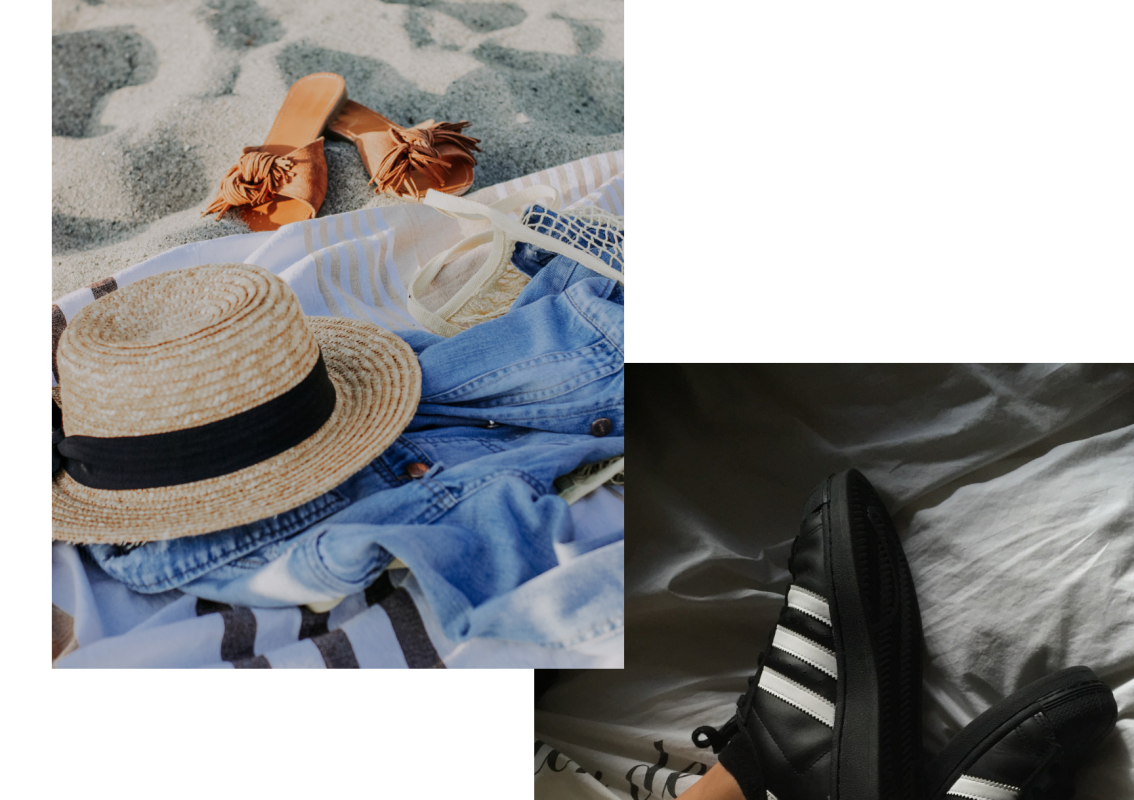The cocktail dress has a glamorous history. The rise of the cocktail culture took off after WWI. These dresses gained prominence because they gave women the functionality of looking fancy, but not too dressy for the day.
The 1920s
The roaring 20s brought flappers to the forefront. Short bobs and short dresses marked the era. Happy hour was between six to eight p.m. and marked the transitions from day to night. This meant the dresses needed to provide flexibility.


Prohibition and The Crash
Cocktail dresses saw a shift after prohibition and the economic crash in the late 1920s. No longer carefree, women’s hemlines dropped to the ankle and the bais-cut took over the 1930s.

The “New Look”
After WWII cocktail parties came back and Christian Dior set the tone. His cinched waist and full skirts took over. The other silhouette, the form-fitting cocktail dress, was popularized by Marylin Monroe.


The Height of the Cocktail Dress
French couturiers kept setting the tone for cocktail dresses as cocktail parties became an integral part of housewives’ lives. American women would buy cheaper copies of the French designs to ensure they stayed in style. The shorter style became a requirement of the cocktail dress in the 1950s.


The Cocktail Dresses Fall
As hosting semi-formal events began to lose popularity so did the cocktail dress. Other formal attire came into popularity, but manufacturers continued to make dresses under the name “cocktail dress.”
The Cocktail Dress Today
Now, cocktail dresses are considered more formal attire for any occasion.








